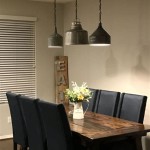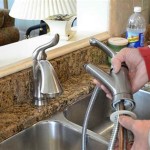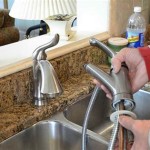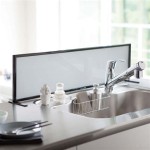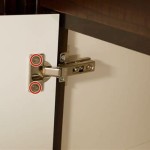Do You Have To Sand And Prime Kitchen Cabinets Before Painting?
The essential steps involved in painting kitchen cabinets significantly impact achieving a professional and durable finish. Sanding and priming are two crucial aspects, and understanding their importance is essential for any successful painting project. This article explores the importance of sanding and priming kitchen cabinets before painting, examining the benefits, techniques, and materials required.Why Sand Kitchen Cabinets Before Painting?
Sanding the surface of kitchen cabinets removes old paint, dirt, and grime, creating a smooth and even surface for the primer and paint to adhere to. It also roughens the surface, allowing the primer to penetrate better and enhance adhesion. Neglecting to sand the cabinets can result in a rough and uneven finish, as the paint will likely peel or chip over time.How to Sand Kitchen Cabinets
Start by removing all hardware from the cabinets. Use a medium-grit sandpaper (120-150 grit) and sand with the grain. Sand all surfaces that will be painted, including the doors, frames, and drawer fronts. Pay attention to corners and edges, as these areas often require extra sanding. After sanding, thoroughly wipe down the cabinets with a tack cloth to remove any dust.Why Prime Kitchen Cabinets Before Painting?
Primer creates a protective barrier between the raw wood and the paint, ensuring better adhesion and preventing the natural wood tannins from seeping through and discoloring the paint. It also helps create a smooth and uniform surface, resulting in a more professional-looking finish. Priming is particularly important for cabinets made of porous materials like wood or MDF, as it seals the pores and prevents moisture penetration.How to Prime Kitchen Cabinets
Choose a primer specifically designed for kitchen cabinets. Apply a thin, even coat of primer to all surfaces that will be painted. Use a paintbrush for detailed areas and a roller for larger surfaces. Allow the primer to dry completely before applying the paint.Materials You'll Need
* Sandpaper (120-150 grit) * Tack cloth * Primer suited for kitchen cabinets * Paintbrush * RollerConclusion
Sanding and priming kitchen cabinets before painting are essential steps for achieving a durable and professional finish. Sanding removes imperfections and ensures proper paint adhesion, while priming creates a barrier that protects the wood and helps the paint adhere better. By following these steps, you can ensure your kitchen cabinets look their best for years to come.
How To Paint Kitchen Cabinets A Step By Guide Confessions Of Serial Do It Yourselfer

How To Paint Kitchen Cabinets A Step By Guide Confessions Of Serial Do It Yourselfer

How To Paint Kitchen Cabinets A Step By Guide Confessions Of Serial Do It Yourselfer

What You Need To Know Before Painting Cabinets The Palette Muse

How To Paint Kitchen Cabinets Without Sanding Or Priming

Avoid These Mistakes How To Paint Cabinets That Are Already Painted Grace In My Space

Refinish Kitchen Cabinets With Kilz Restoration Primer

Prep And Paint Cabinets Without Sanding

How To Paint Kitchen Cabinets

How To Prime Cabinets For A Smooth Finish The Turquoise Home
Related Posts

